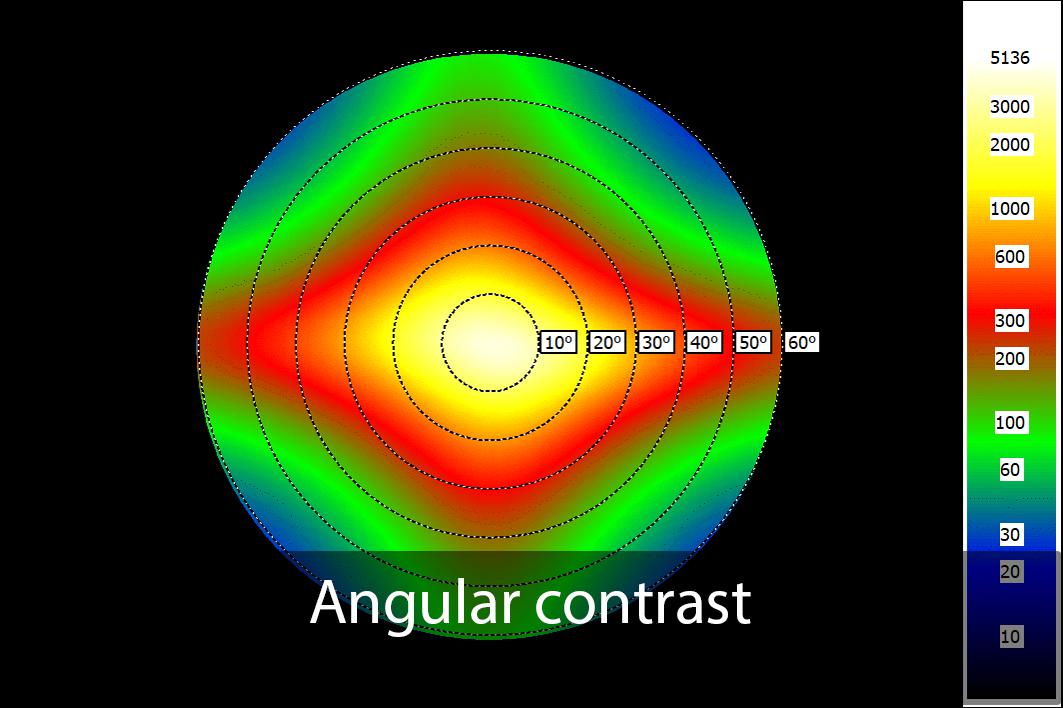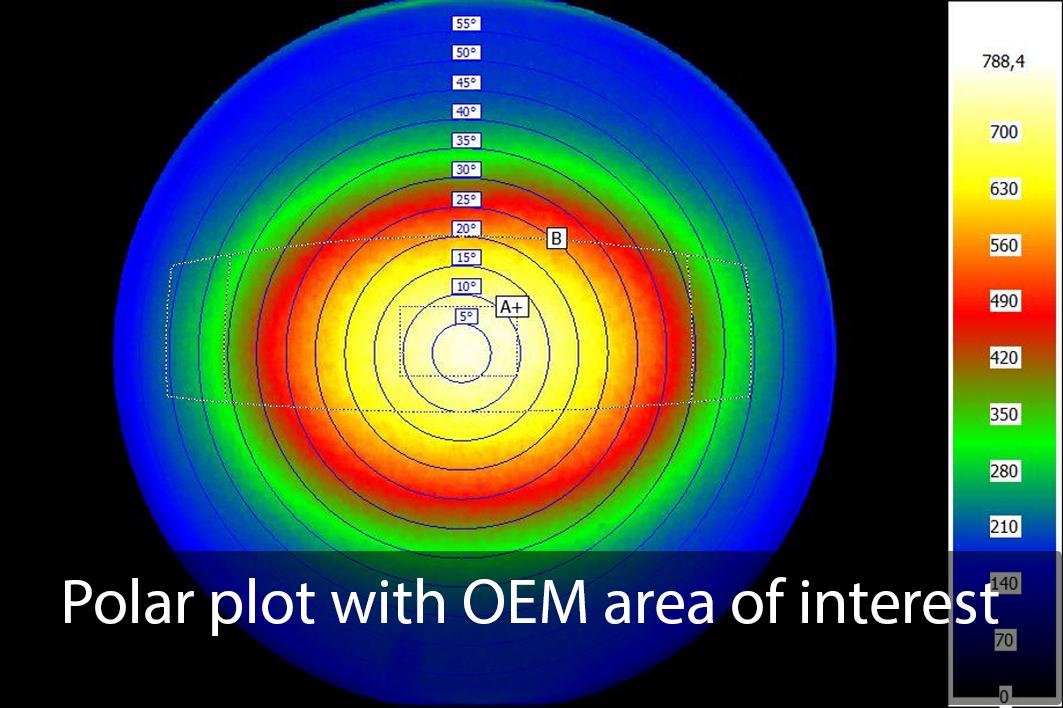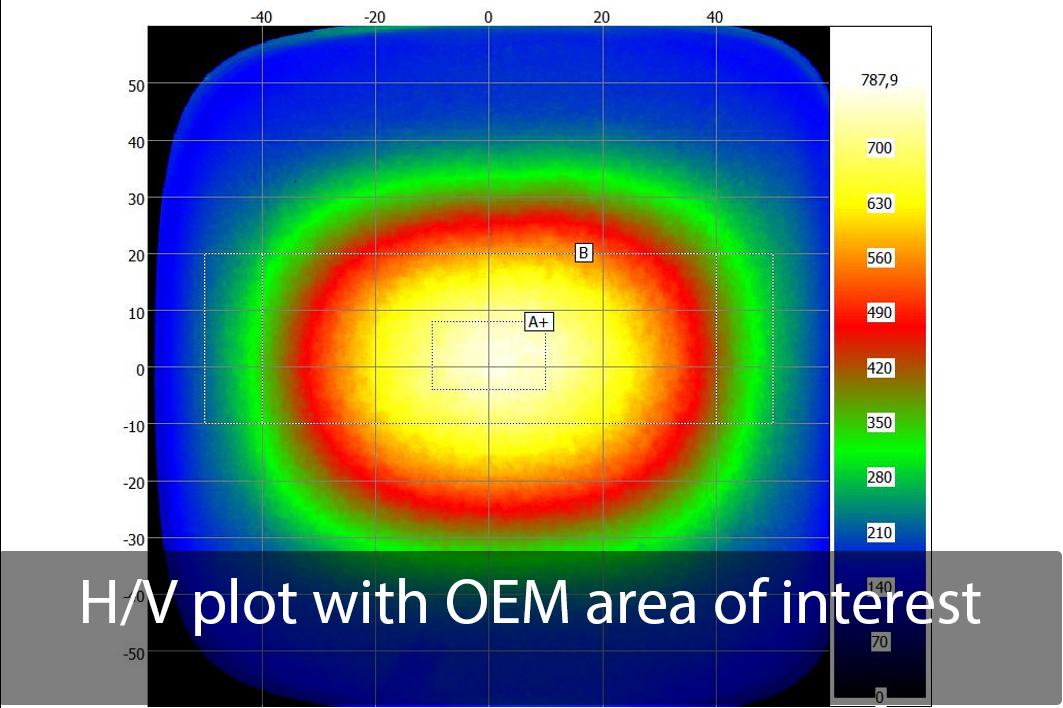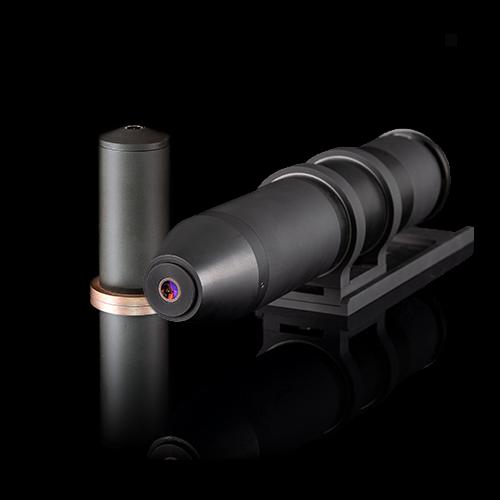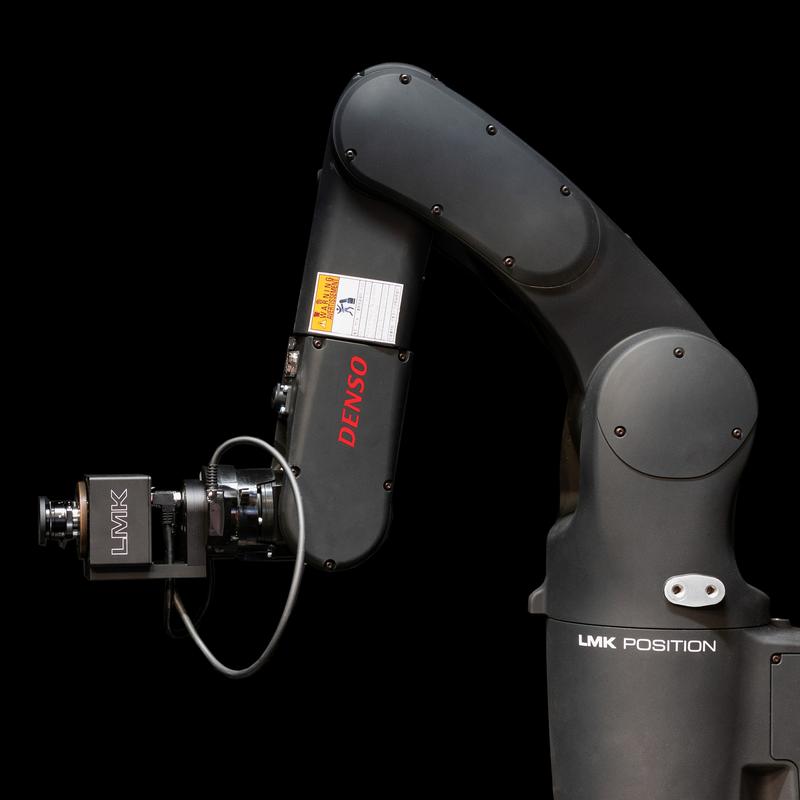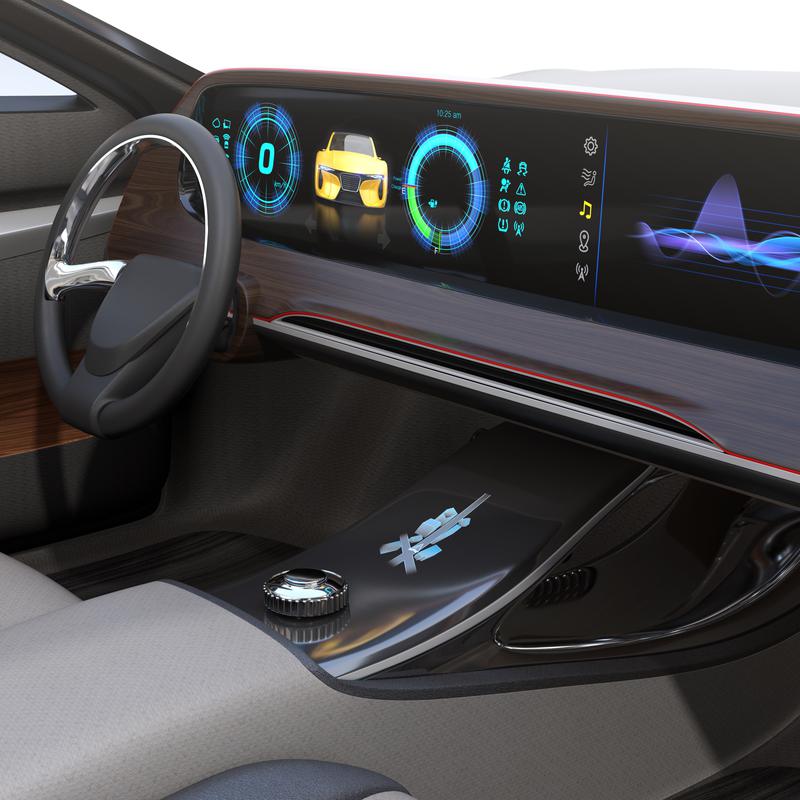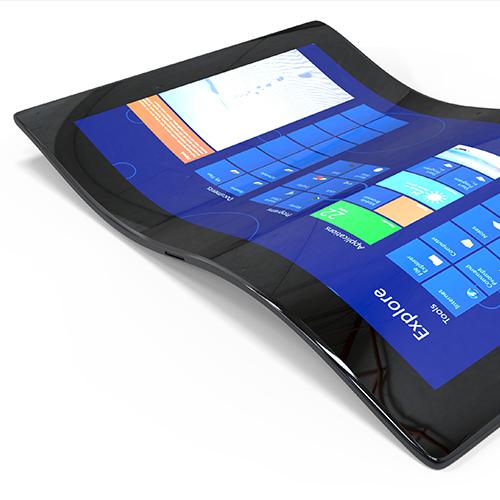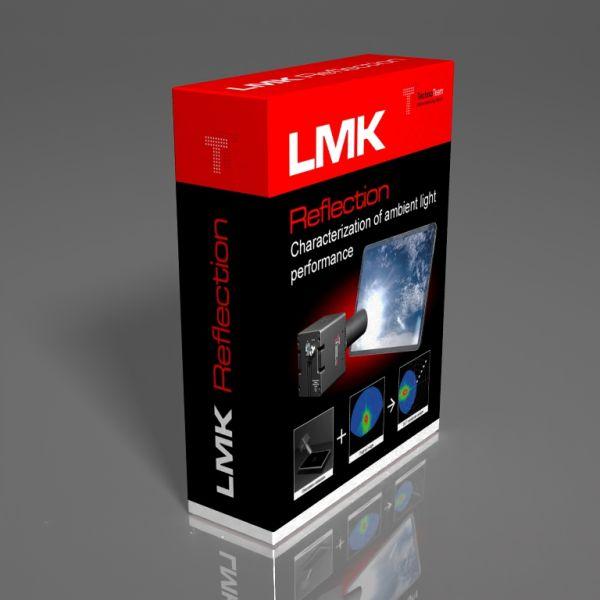Messung der winkelabhängige Farbe (color over angle) eines LCDs im dunklen Zustand: Foto (links) und Messergebnis (rechts)
LMK Konoskop – schnelle winkelabhängige Leuchtdichte- und Kontrastmessung
Das LMK Konoskop Add-on ermöglicht winkelabhängige Leuchtdichte-, Farb- und Kontrastmessungen mit konoskopischen Objektiven.
Eigenschaften wie Leuchtdichte, Farbe oder Kontrast sind wichtige Qualitätskriterien für alle Displays und können oder müssen stark in Abhängigkeit des Blickwinkels variieren. Eine LMK, die mit einem konoskopischen Objektiv (auch hyperzentrisches Objektiv oder Fourier-Objektiv genannt) ausgestattet ist, kann mehrere Blickwinkel von einer kleinen Fläche aus mit nur einer einzigen Aufnahme vermessen. Das konoskopische Objektiv kann auch für winkelabhängige Messungen von anderen Lichtquellen und - dank seiner externen Eintrittspupille - für die Charakterisierung von Near-to-Eye Displays (NED) mit virtuellen Bildern verwendet werden.
LMK Konoskop ist ein Software-Add-on, das für die Verwendung der LMK mit unseren konoskopischen Objektiven entwickelt wurde. Es ist Teil des Display Package und sorgt dafür, dass die geometrischen Informationen des spezifischen konoskopischen Objektivs verwendet werden, um das Winkelkoordinatensystem in den Kamerabildern abzubilden.
Es verfügt über folgende Funktionen:
- Eine Punkt-für-Punkt-Bewertung der Blickwinkeleigenschaften innerhalb des Polarkoordinatensystems ϑ und φ des zu testenden Displays (in Grad)
- Eine Punkt-für-Punkt-Auswertung der Blickwinkeleigenschaften in den horizontalen und vertikalen Blickwinkeln ϑH und ϑV des zu testenden Displays (in Grad)
- Automatische Generierung der OEM-Regionen A+, A und B in beiden Koordinatensystemen für die Bewertung von Automobildisplays gemäß der OEM-Spezifikation.
- Generierung beliebiger Bewertungsregionen und Speicherung zur späteren Verwendung
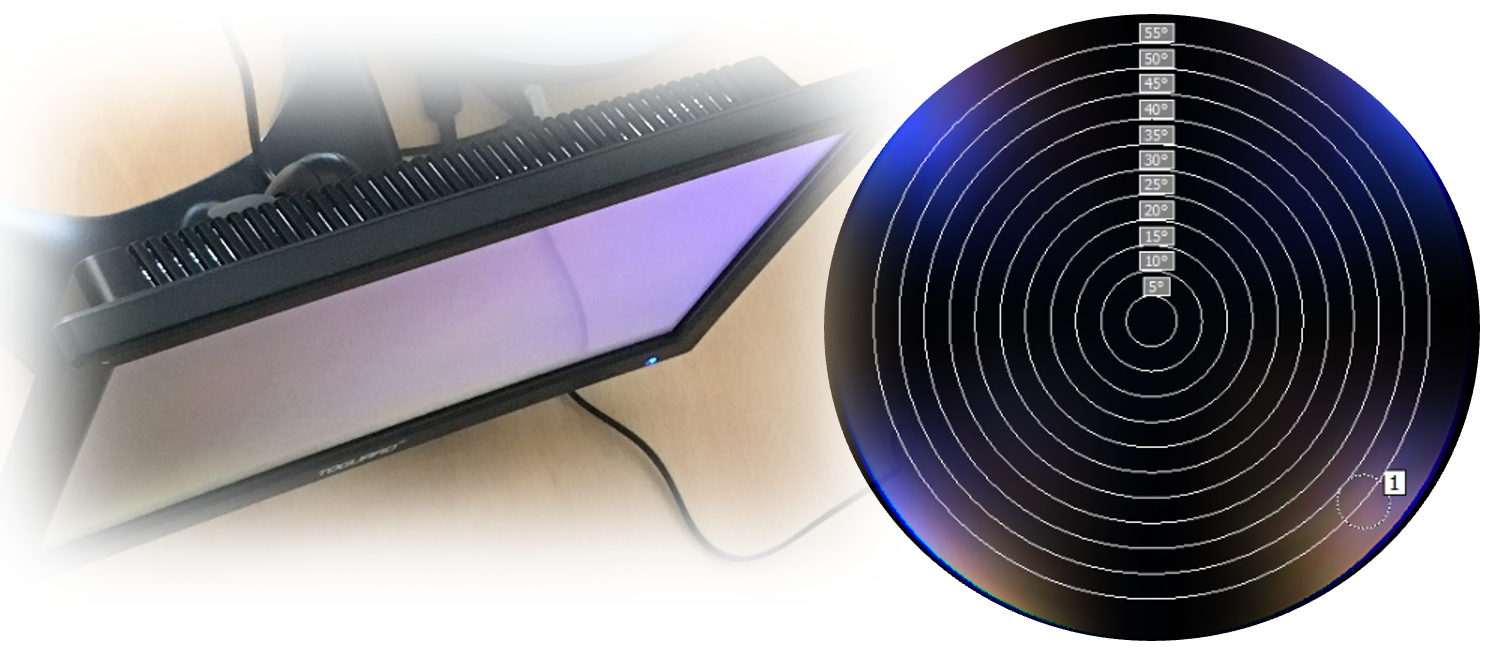
Wenn Sie mehr über unsere konoskopischen Objektive, andere Messanwendungen oder unser LMK Position, das die Ausrichtung der konoskopischen Objektive zum Messobjekt auch bei komplexen Geometrien stark vereinfacht, erfahren möchten, klicken Sie bitte auf die unten aufgeführten Links oder schauen Sie in die unten aufgeführten Publikationen.
RELEVANTE PRODUKTE UND APPLIKATIONEN
Publikationen
International Conference on Display Technology (ICDT 2021)
SID Vehicle Displays & Interfaces 2021
Electronic Display Conference 2016
Society for Information Display
SID International Symposium 2016
- Typ:
- Add-On
- Anwendungen:
- Automotive Display Luftfahrt
- Messgröße:
- Farbmessung Lichtmessung
- Aufgaben:
- Automation & Industrie Entwicklung & Industrie Wissenschaft & Forschung


